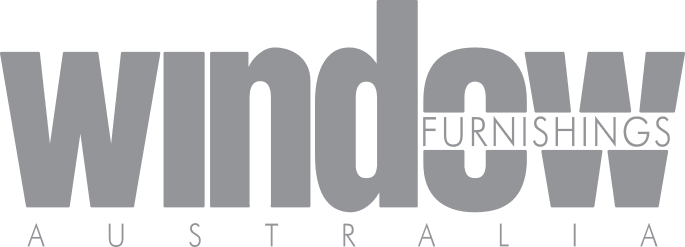

Changes made to the National Construction Code (NCC) in 2018 that saw an exemption clause for awnings and blinds relating to fire regulations deleted, remain in the spotlight of the Blind Manufacturers Association of Australia (BMAA), as deadlines for alterations of the NCC 2022 approach.
The changes made in 2018 mean that technically any blind or awning fitted to any building upper floor of Class 2 – 9 buildings does not comply.
BMAA President Chris Nolan said the BMAA was lobbying to have the clause restored despite a setback relating to deadlines for proposals for change.
“Having not heard from the Australian Building Codes Board (ABCB) since lodgement of the BMAA’s ‘Proposal for Change (PFC)’ on 22 March, I contacted them in early May, and received a response on 12 May. This stated that all proposals received after 1September 2020, the ostensible deadline for alterations to the proposed NCC 2022, ‘will only be reviewed for possible consideration’ for NCC 2025,” Nolan says.
“I have objected to this push-back, arguing that our submission was not a new proposal, but put together in response to their reply in late 2018, which requested more supporting information. I pointed out that this entailed considerable research, including the undertaking of three full scale fire tests, the preparation of detailed fire engineering reports, the drafting and field testing of several ‘Performance Solutions’, and the estimation through industry survey of the economic impact of the 2018 changes to the fire regulations.”
“With regard to the protracted time taken for the lodgement of our second submission, I pointed out that this was prepared in the context of the difficulties experienced by our Fire Engineers in meeting the excessive demand for the testing of building cladding, mainly caused by the changes to the code introduced by the ABCB itself, and the significant Covid restrictions on business over the same period. I noted also that ABCB had announced deferral in the implementation of the adoption of NCC 2022 for the same latter reason.”
Nolan says that despite this setback, the draft of NCC 2022 was released for Public Consultation on 10 May, and the BMAA have the opportunity to re-lodge its submission as part of this process.
“Our Fire Engineering consultant, Benjamin Hughes-Brown of Ignis Solutions, is preparing this, which needs to be lodged by Friday 2 July. Nonetheless, there is no certainty that our submission will be accepted, even though in terms of wording, it would result in a very modest alteration to the draft itself.”
“As it presently stands, the draft of NCC 2022 incorporates almost verbatim the “ancillary elements” clause from the 2019 code. Consequently, there is a considerable likelihood that the current difficulties experienced by the industry in gaining approval for the installation of External Blinds and Awnings on the upper floors of class two through nine buildings will continue through to 2025.”
Nolan says that in this eventuality the industry would have two pathways to achieve compliance. The first would be a ‘deemed to satisfy’ EW fire rating obtained through testing to AS 5113, the second being a ‘performance solution’.
“The ‘performance solution’ is a professional assessment undertaken by qualified fire engineer who provides an opinion that the generalised ‘performance requirements’ stipulated in the code are met. To date, this has been a relatively cumbersome approach, as each individual project needed to be assessed independently by the Fire Engineer. However, this has been considerably simplified, as Ignis Consulting have provided a DIY Template that can be filled in by the fabricator and submitted directly to the certifier.”
“Provided the materials and fixings meet the requirements in the ‘Installation Verification Check’, the standard Ignis Certification applies. However, if the certifier requires a specific certification for the project, Ignis Solutions can provide the covering documentation. Members are now able to obtain the DIY Template directly from the BMAA office.” “This relatively simple and cost effective process is frustrated in Victoria by the need to obtain a certificate under regulation 126. This requires a formal covering letter by the fire engineer specific to the project, and entails costs of approximately $